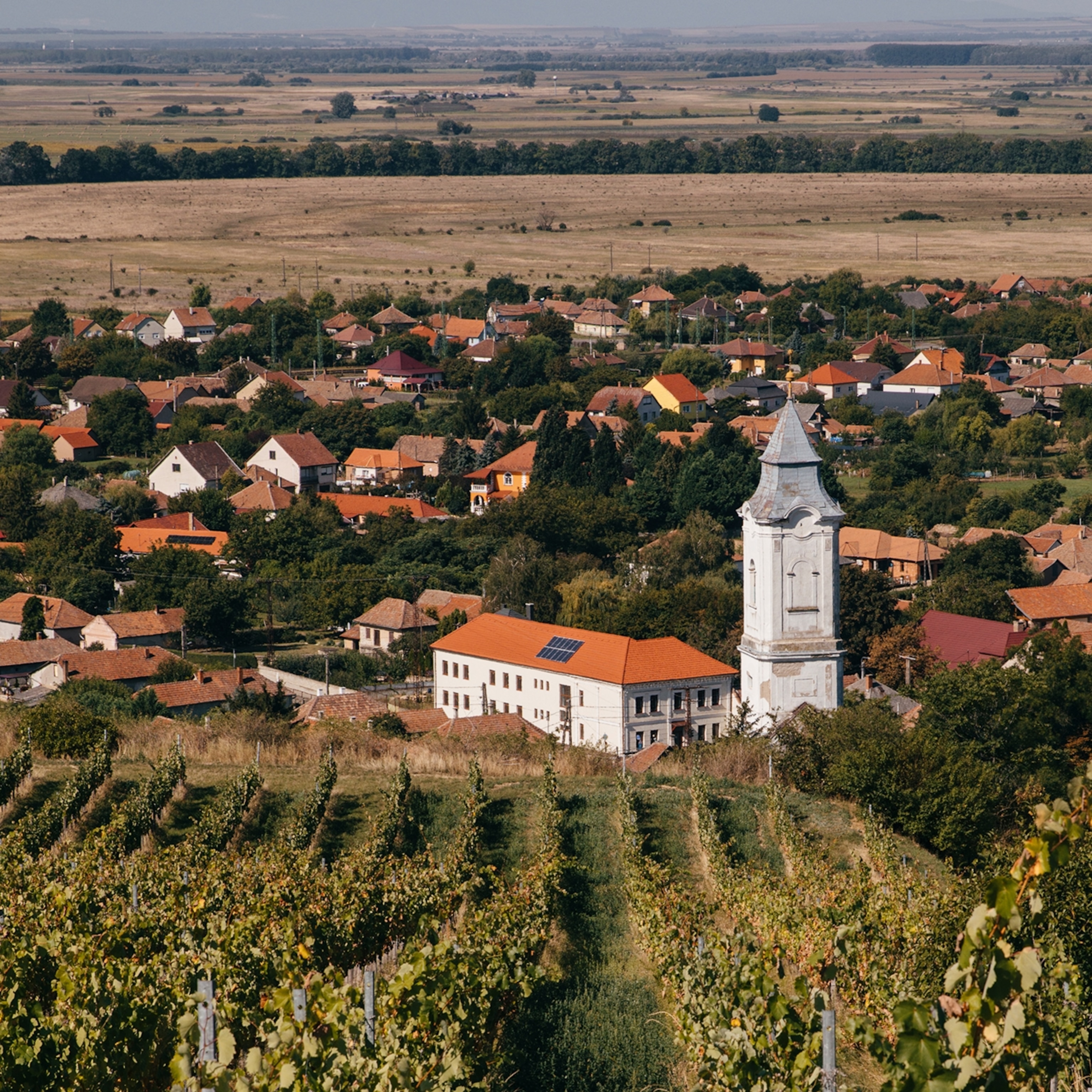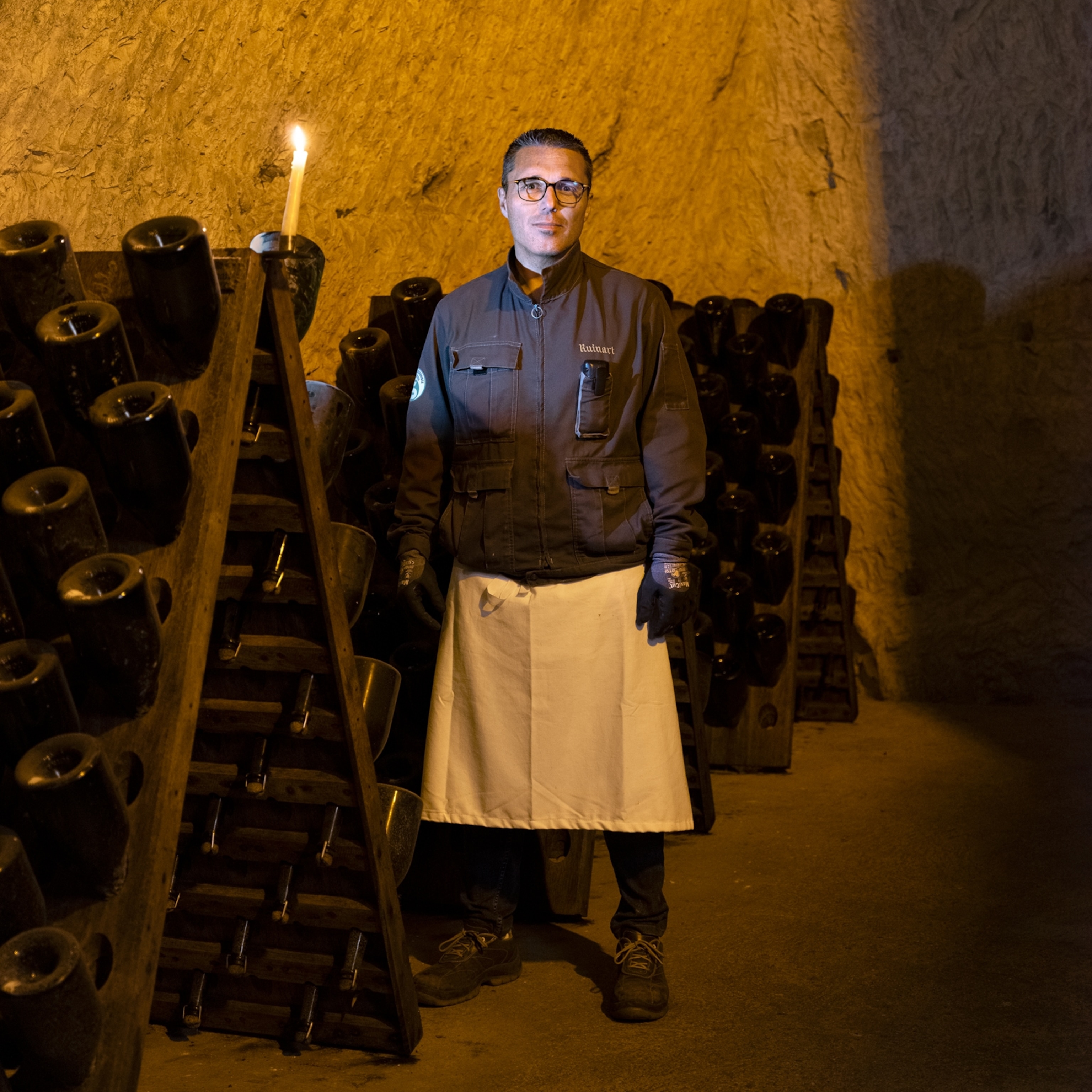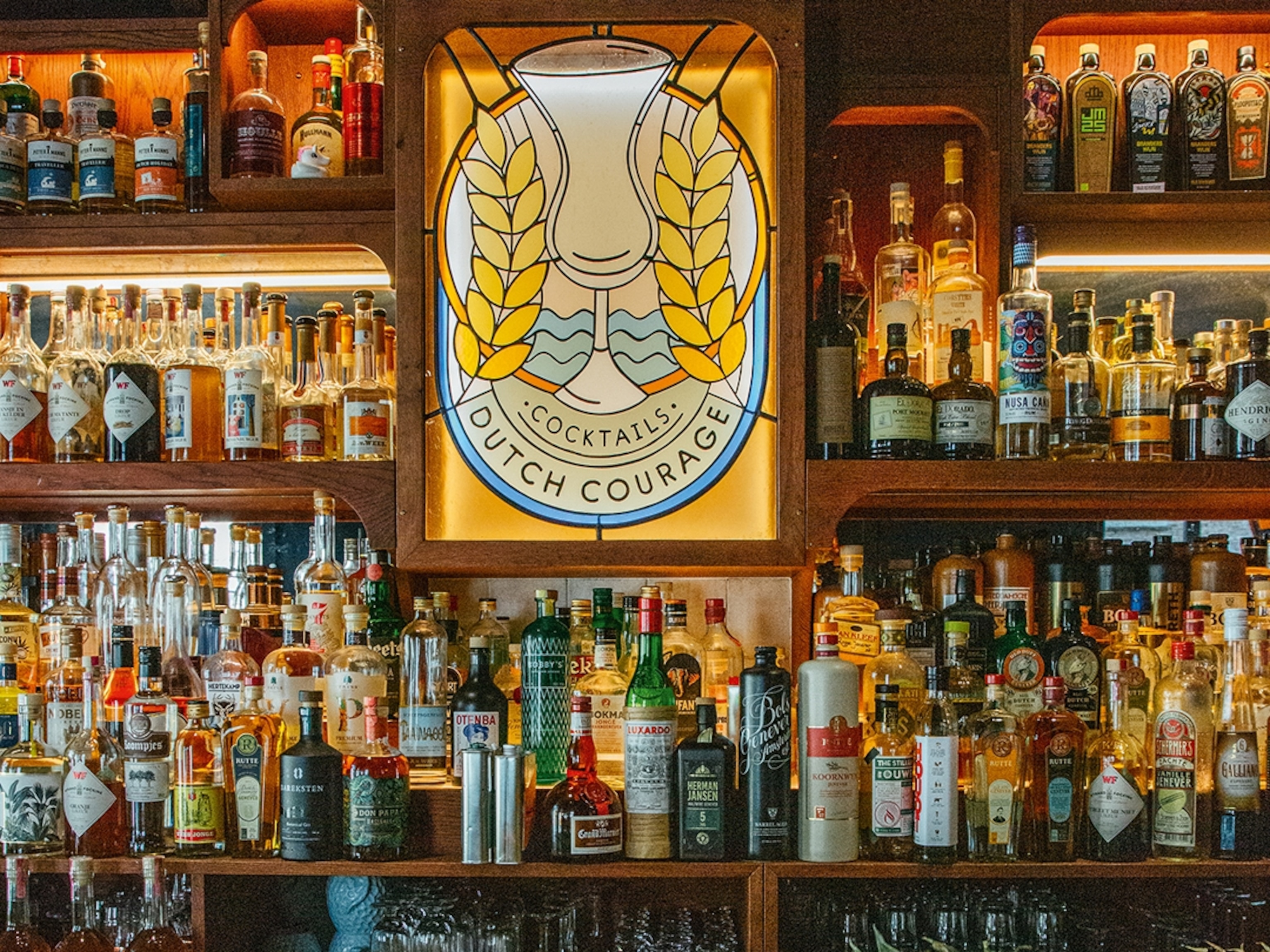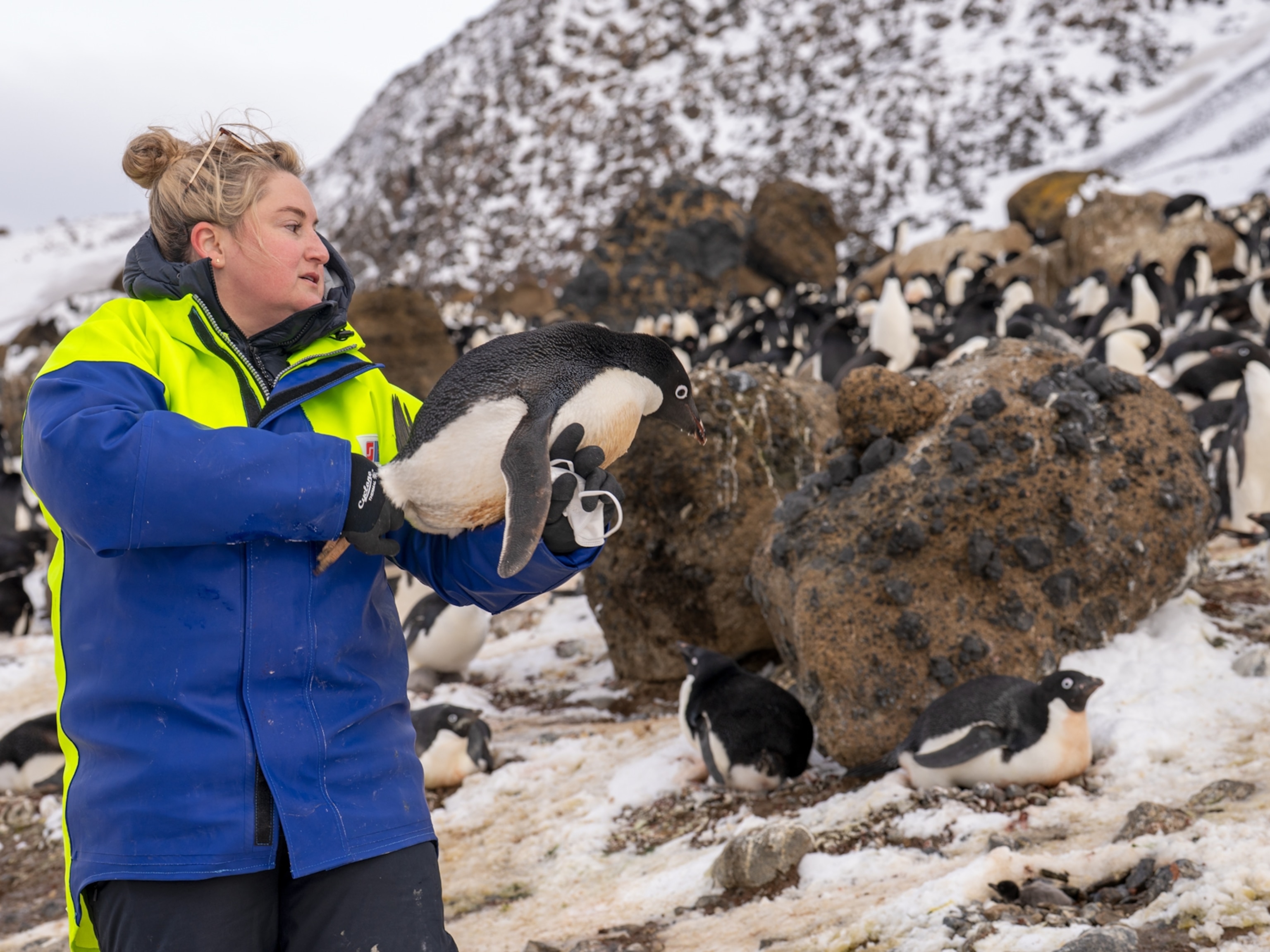100 Years Later, Antarctic Explorers' Huts Look Frozen in Time
Whiskey and all, the wooden dwellings of early explorers have been restored to look as they did during the first treks to the continent in the early 1900s.
About a hundred years after Antarctic explorers set up house on the coldest, driest, and windiest place on Earth, conservators have restored four of these landmarks to look as they did in their former heydays.
The portable wooden huts, located on Antarctica's Ross Island, gave shelter to well-known British adventurers Ernest Shackleton and Robert Falcon Scott and their crews. The 20th-century expeditions were the first to explore and study the southernmost continent. (See "Electrifying Photos of the Early Age of Antarctic Exploration Found [2013].")
The buildings include Shackleton's 33-foot-long (10-meter-long) Nimrod hut on Cape Royds, where workers unearthed a stash of whiskey and brandy, libations that fortified the men during the 1907 Nimrod expedition. Another, the Terra Nova hut on Cape Evans, was the largest Antarctic building of its time at 50 feet (15 meters) long. Itcontained a never-before-seen handwritten notebook of George Murray Levick, a member of Scott's 1910-13 Terra Nova expedition.
The New Zealand-based Antarctic Heritage Trust decided to honor the original explorers by taking the buildings, abandoned in the 1940s, "back in time to when the heroic era of exploration stopped—roughly in 1917, during World War I," said lead conservator Gordon Macdonald of Macdonald & Lawrence, a carpentry company located on Vancouver Island, British Columbia.
Working from historical photographs and documents, it took experts ten years to conserve the huts, which had suffered due to water seepage, age, and simply being left to the elements in one of the harshest environments on the planet.
"That they've survived for a century is really tremendous good luck—they weren't made for that at all," Macdonald said.
Turning Off the Tap
Mostly sourced from London, the prefabricated buildings were made well and carefully, according to the standards of the day, but with inexpensive materials. "Cheap and cheerful" is how Macdonald describes them.
After World War I, the huts sat abandoned for about 30 years, nearly disappearing into the snow. In the 1960s, volunteers from New Zealand patched up holes, battened down the roofs, and covered the huts with tarps to prevent snow from getting inside. Luckily, the extreme cold preserved many of the huts' artifacts—newspapers, scientific equipment, furniture, cans of food, even a stuffed penguin—in place. (See "Rare Pictures: Scott's South Pole Expedition, 100 Years Later.")
That was "remarkable foresight—if they hadn't done that, they wouldn't be here," Macdonald said.
When the recent conservation work began in 2005, first and foremost, "our job was to turn off the tap," he said.
Over the decades the timber-frame huts drifted into snowbanks. During the summer, the dark color of the huts warms up the surrounding snow and causes water to melt and seep into nooks and crannies. This creates a moist environment inside the hut, perfect habitat for mold and fungi.
What's more, the water that leaks in refreezes and expands, squeezing the walls and joints apart and causing structural damage. (See photos: "Antarctic 'Time Capsule' Hut Revealed.")
To combat the effects of water, Macdonald and his team installed a waterproof roof, as well as impermeable membranes between the bottom of the hut walls and the permafrost—a layer of frozen soil—to prevent groundwater from seeping in. Higher on the walls, the team added a semi-permeable layer that stops water from getting in but lets moisture out, so the huts can breathe.
This required the team to more or less take the huts apart and reassemble them, living on site for up to eight weeks at a time and working only during short periods of favorable summer weather. (See "South Pole Expeditions Then and Now: How Does Their Food and Gear Compare?")
"We took literally every board and every nail off the exterior wood paneling at Terra Nova hut," Macdonald said.
The team also had to remove the existing water and ice from the hut, which they did by designing special machines that harvested the moisture-rich, warm air and piped it outside.
Why Save the Huts?
- National Geographic Expeditions
So why go to such lengths? After all, "this is an extraordinary amount of effort on what are ultimately modest little buildings at the end of the world," Macdonald said.
Indeed, the Antarctic Heritage Trust and planners asked that same question, and considered other options for the huts, such as enclosing them in a dome or bringing them to a museum.
Ultimately, everyone came to the same conclusion: "The buildings are most impressive and evocative in their locations" and should be preserved there on the Antarctic ice.
The aim of the latest effort is to preserve the huts in perpetuity—the individual repairs should last for a good 30-plus years.
"It's humbling to think of what these people did with such basic support—that's basically what convinced the project team they should be conserved in situ." (See "Opinion: 6 Reasons Antarctic Explorers Were Tougher 100 Years Ago.")
By doing so, Macdonald and others hope the huts will attract visitors—Antarctica is a growing tourist destination—and "help tell the stories of exploration and derring-do, as well as inspire the future generations."
Christine Dell'Amore is the author of South Pole. Follow her on Twitterand Google+.






